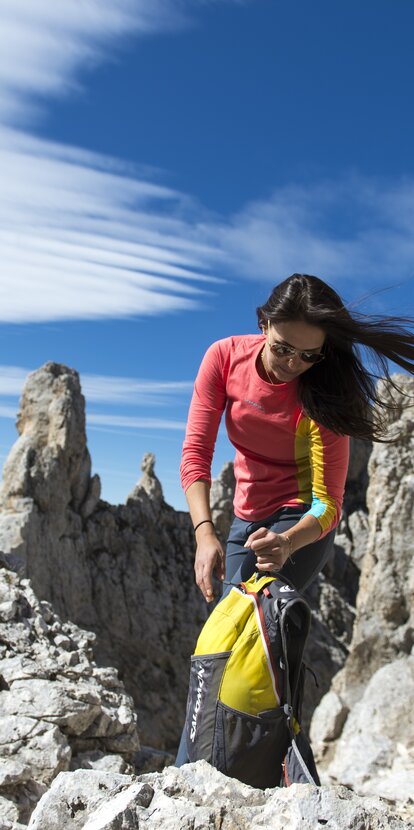

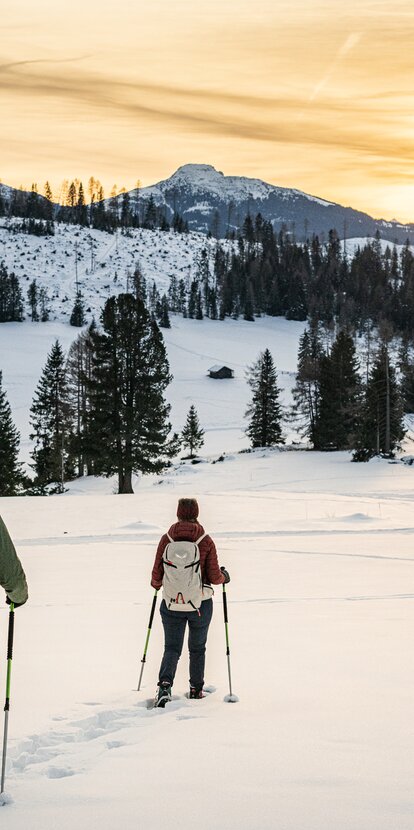

You will be redirected to WhatsApp, please accept our privacy policy.
Accept and to WhatsAppIt may sound obvious, but it is very important to pay attention to what you pack in your rucksack when venturing into the mountains and the great outdoors. On the one hand, there is the extra weight, which is often critical (especially on longer tours), while on the other you also have to think about such matters as waste reduction, sustainability and nutrition. What should you take, and what don’t you need? Here are some tips for you.
Regional and seasonal foods are ideal for satisfying larger or smaller needs when you are out in the valleys or the mountains. In this way you can support the local businesses that each day provide us with fresh bread, fresh fruit and vegetables, jams, cheese, etc. This also helps avoid long transport routes, which is in turn good for the environment. And, on top of all that, our local products taste wonderful – naturally! The best way to pack these delicacies is in a hiking box, which serves two functions at once: it keeps your food nice and fresh and serves as a container on the way back for any rubbish accumulated, which should then be disposed of properly after you return home.
Also remember to take enough water along: the best and most environmentally friendly solution is to take a reusable water bottle that you can always easily refill with fresh, clean water from the drinking fountains at these places in the Eggental valley. What’s more, our Eggental drinking bottle makes an ideal, plastic-free companion.
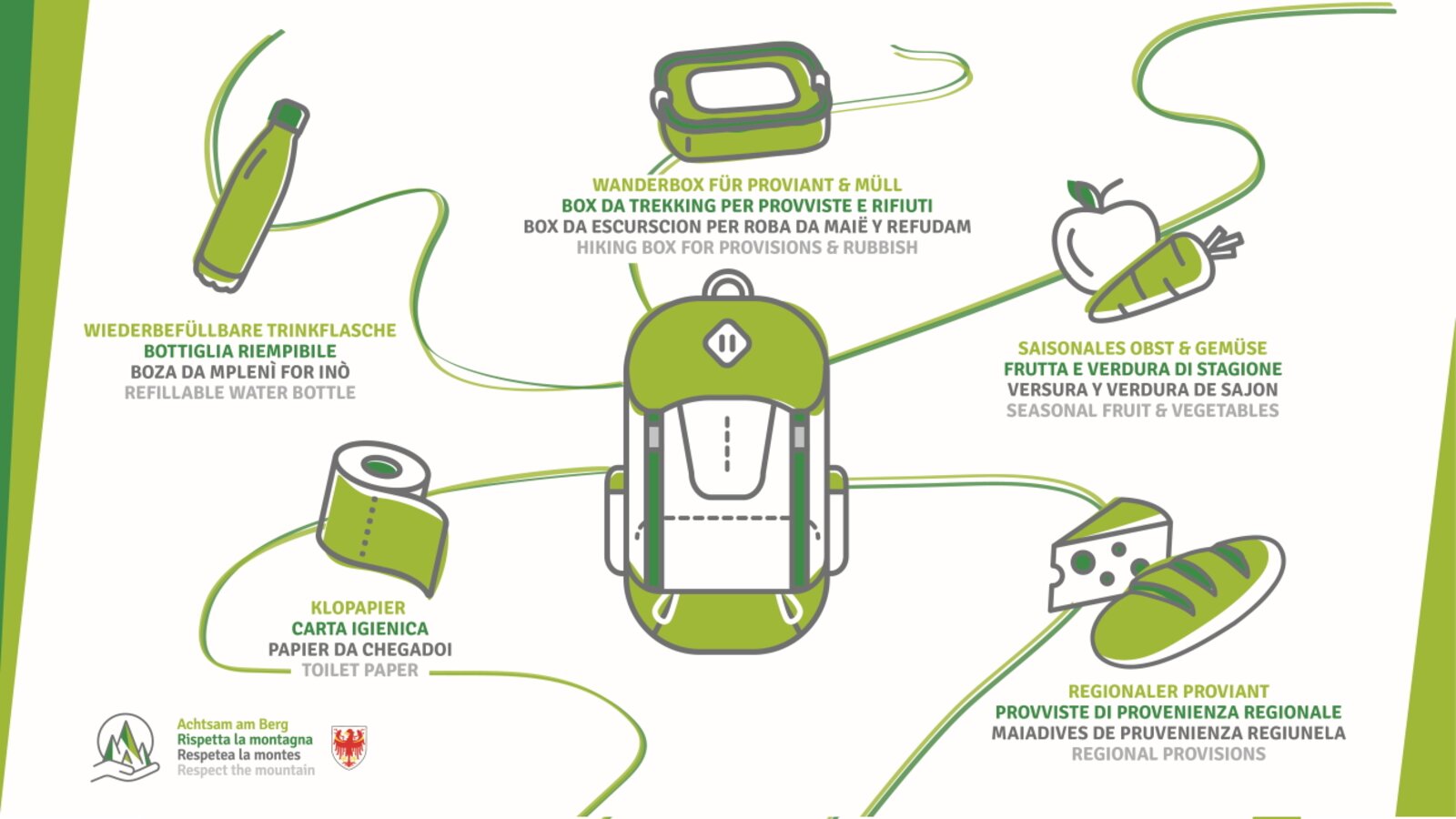
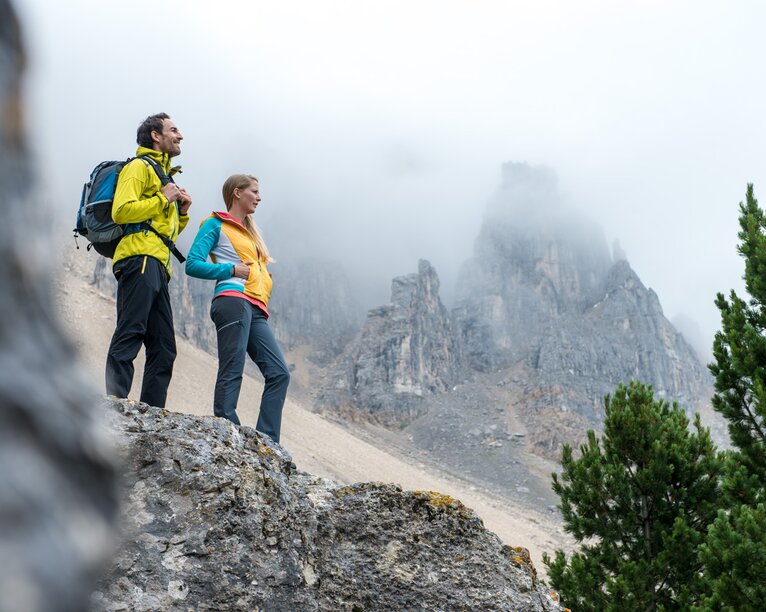
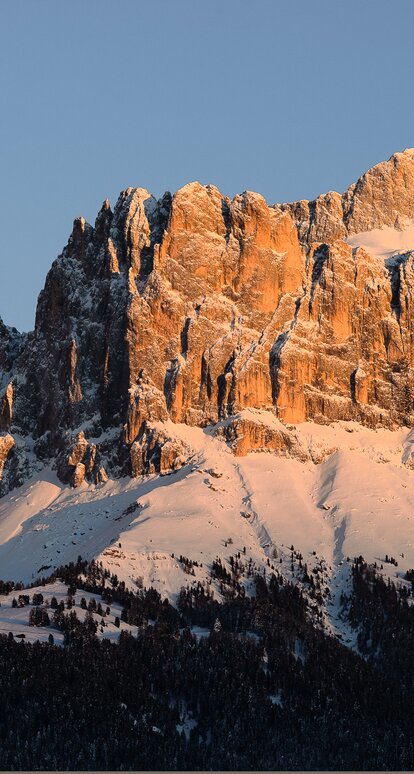
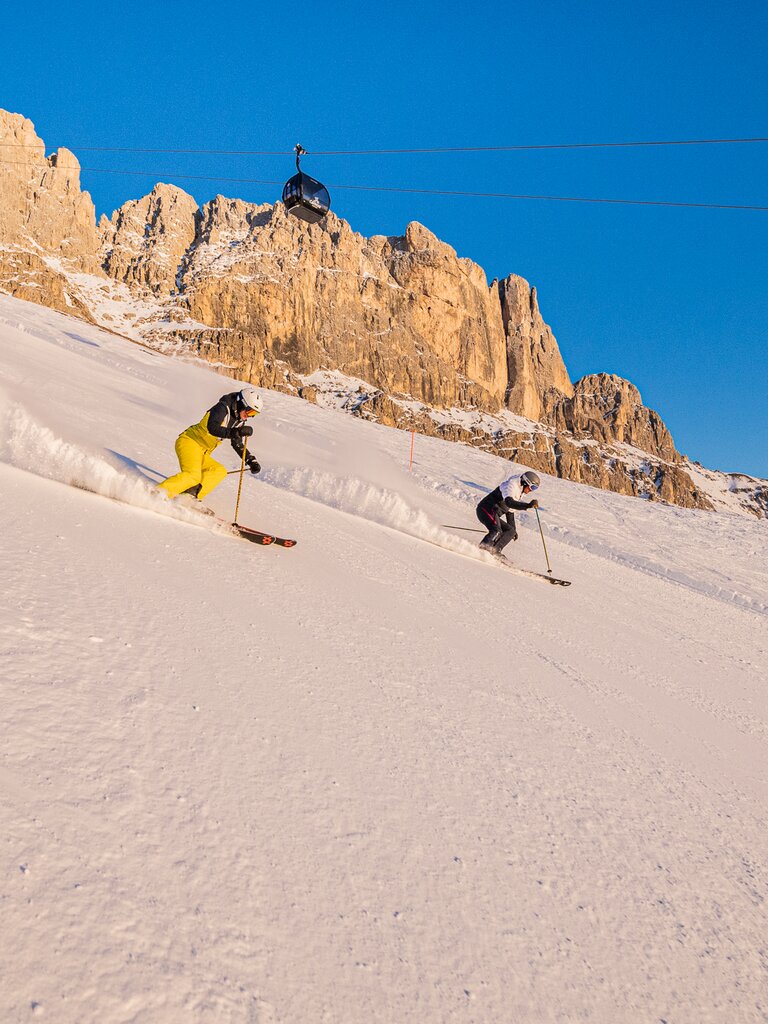
Here you will find all important information on skipasses, daily, multi-day, and seasonal tickets at a glance. All ski passes can be purchased quickly and conveniently online. Buy your skipass directly from home and get a 5% discount!